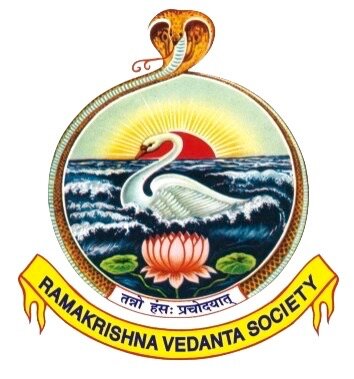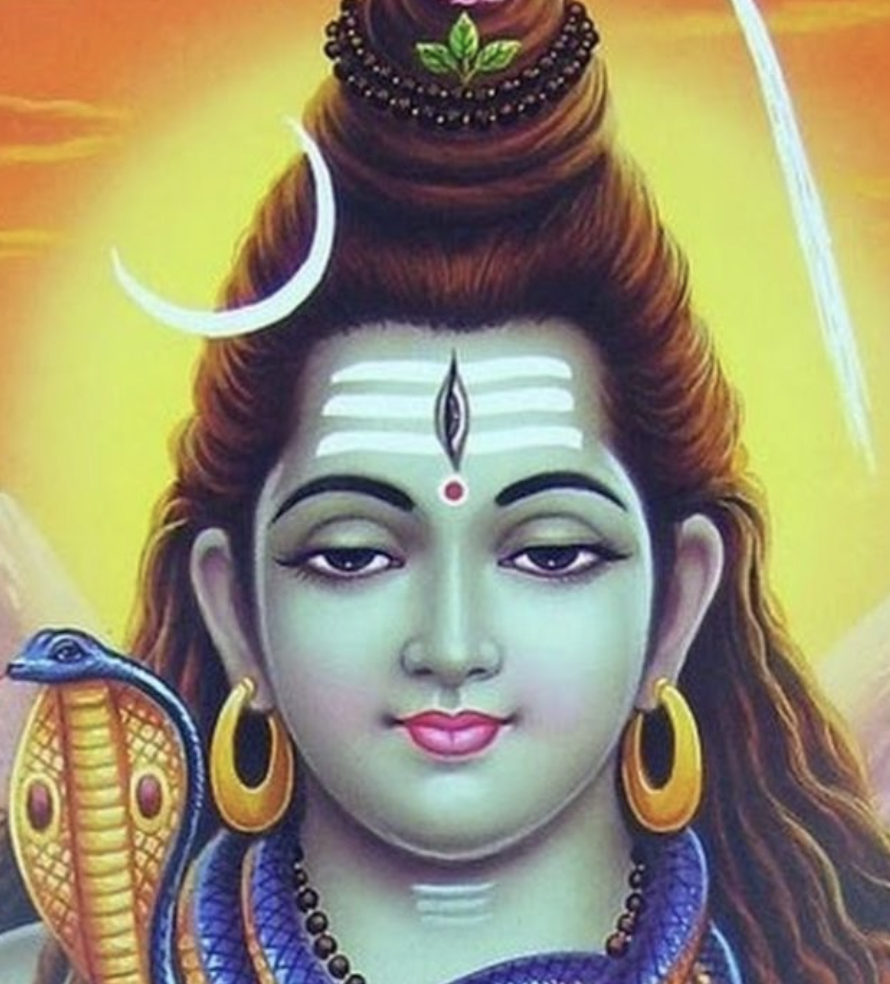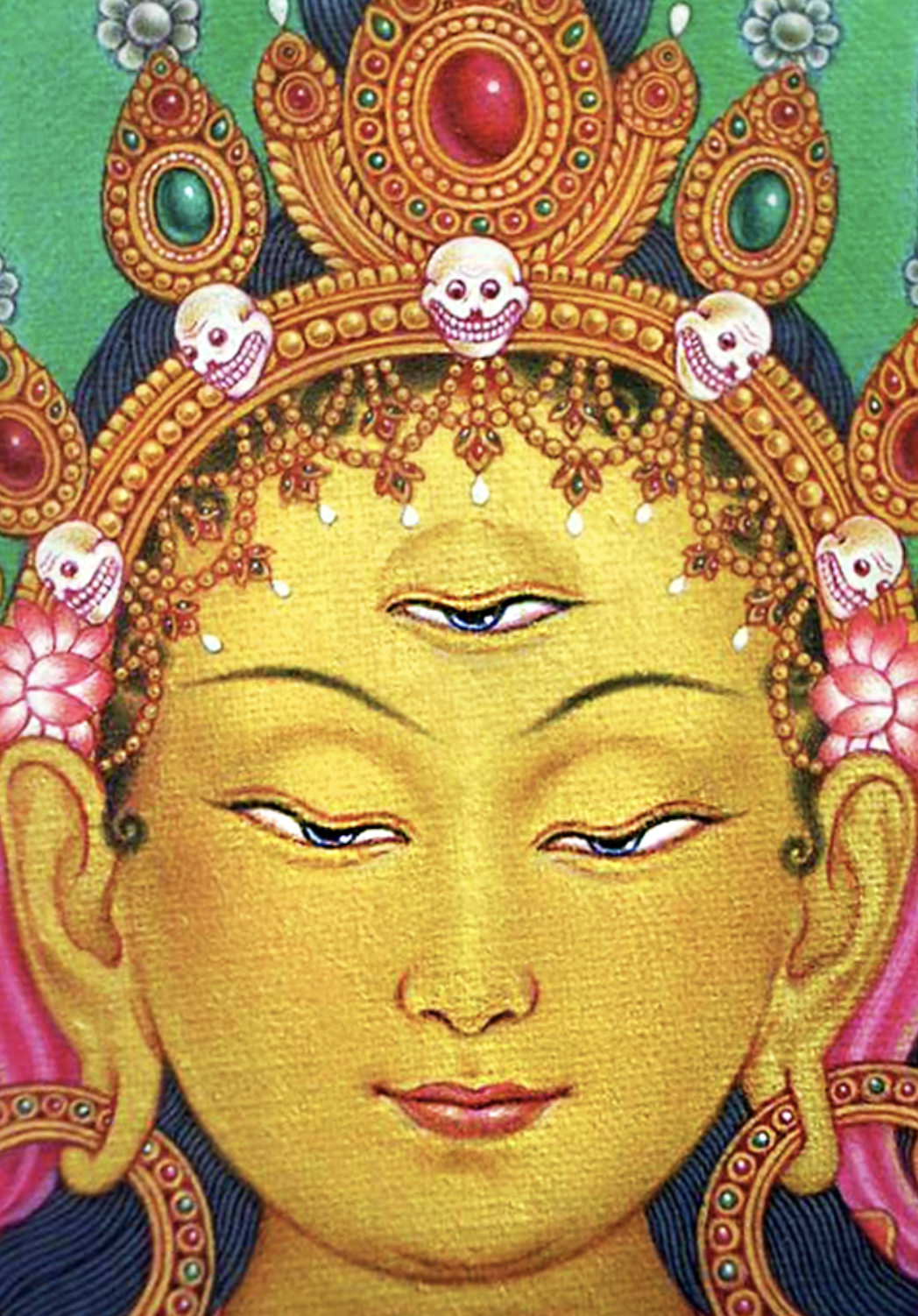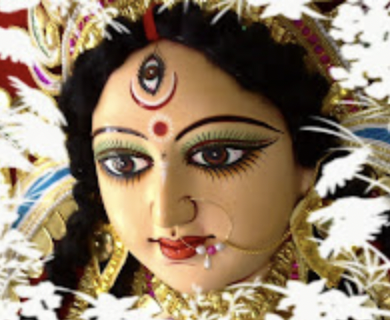About twenty-five years ago, when I was in Chennai in southern India, I heard a talk given by a European couple during a seminar organized by Sri Ramakrishna Math. Ostensibly related to spiritual life, the talk quickly turned somewhat bizarre when the wife informed the audience that her husband’s third eye had opened in his childhood.
In the course of their presentation, references were made not only to the third eye but also to chakras, auras, vibrations, and several other invisible and mysterious things. The third eye featured again in the question-answer session that followed the talk. All in all, it was good entertainment but bad education.
Bad education, because not only did the talk lack clarity, order and direction, but it also created new doubts without answering old ones. While the topic of the lecture was “Practical Vedanta in Daily Life,” what was enacted on the stage—enacted is the right word, for it was theater and a bad one at that—was neither practical nor Vedanta. There was a lot said about healing through “vibrational medicine.” And, of course, there was this reference to the third eye that popped up again and again.
The idea of the third eye is sufficiently confusing as it is. The images of many deities show the third eye on the forehead, a little above the spot where the eyebrows meet. While our normal two eyes are elongated horizontally, the third eye is depicted generally—but not always—as vertical. It might seem to present a ghastly sight, but those growing up in India are used to such depictions from childhood, so they are not shocked. They are used to seeing Hindu and Buddhist deities with four or six or even eight arms. All this is accepted as a symbolic representation of the greater power, knowledge, and glory of the Divine.
As symbols these are fine and also useful. Symbols point to a reality beyond them. So long as we are focused on the reality, we are safe. But if we remain fixated on a symbol and take our eyes off the reality which the symbol represents, we are inviting trouble. The third eye has done that to some people. Years ago—even before I heard the talk in Chennai—I saw a much-respected man pointing to a little swelling in the middle of his forehead as the proof that his third eye had opened. He was serious and, alas, some people were taken in. I was skeptical then, and I remain skeptical today. For me the proof of the third eye lies not in some swelling but in seeing something that our normal two eyes cannot reveal.
That feels like a sensible and safe approach. After all, why do we need another eye when we already have two? We all know our eyes have their limitations. To see anything we need sufficient light, and even then, we see only the outer form and not the inner content. I can see a person but not what the person is thinking about me. Yes, I may be able to guess, but that’s not the same as seeing. The third eye could be meaningful if it can, for instance, make me see inside things and inside others’ minds.
But then why stop with the third eye? Why not also a third ear? Maybe the third ear will make it possible to hear the “unstruck sound” (anāhata-dhvani) or the “music of the spheres” or, why not, the divine melody of Krishna’s flute. How about a second nose? Yogis, we are told, get to smell wonderful aromas and these are not accessible to the normal nose.
It is clear that we need a new set of senses to experience what is beyond the range of our existing senses. We need, in fact, a new body to experience what we haven’t experienced yet—the transcendent reality or the Supreme Being or God. Sri Ramakrishna says:
‘God cannot be seen with these physical eyes. In the course of spiritual discipline one gets a “love body,” endowed with “love eyes,” “love ears,”and so on. One sees God with those “love eyes.” One hears the voice of God with those “love ears.” … With this “love body” the soul communes with God.’ (The Gospel of Sri Ramakrishna, p. 115)
In the Gita (11. 8) Sri Krishna tells Arjuna that the cosmic form (viśvarūpa) cannot be seen with ordinary eyes. He gives Arjuna divine eyes (divya-cakṣu), which makes it possible for Arjuna to see God’s cosmic form
“with numerous mouths and eyes, with numerous wondrous sights, with numerous celestial ornaments, with numerous celestial weapons uplifted; wearing celestial garlands and apparel, anointed with celestial perfumes, made up of all wonders, resplendent, boundless, with face turned everywhere.” (11. 10-11)
Did Arjuna “see” all of this? Unlikely. How did he know that the Lord was “anointed with celestial perfumes”? A scent cannot be seen, it has to be smelt. Obviously, Arjuna had also received a divine nose. More is yet to come. Arjuna later describes (11. 21) seeing gods enter into the Cosmic Form extolling Krishna
“in fear with joined palm; ‘May it be well!’ thus saying, bands of great seers and perfected ones rishis and siddhas adore you with hymns of abounding praise.”
How did Arjuna “hear” all of this? We’ve got to accept that he had acquired divine ears as well. Even divine skin—how else could he have felt (11. 30) the fierce, burning rays emanating from the Lord and filling the whole world with radiance?
Although Krishna is said to have given Arjuna divine eyes, what Krishna had really given him was a divine body—a “love body,” in the words of Sri Ramakrishna—with a set of divine senses.
The third eye is only a symbol of a whole set of extrasensory faculties which come to a person through the grace of God. God’s grace is unconditional in the sense that God sets no conditions to make the divine gifts available. They are always available. Who prevents me from getting them? I prevent myself from getting them. I have slammed the door shut. And now I sit in a corner and weep and wonder why God’s grace doesn’t come to lift me up. How can it come if I don’t open the door?
This is something I must do myself, this opening the door of the heart to let in God’s grace. The door is opened through purity of life. “God reveals himself to the pure heart,” says Swami Vivekananda (CW 1. 13). Inner purity is a source of tremendous mental, intellectual, and spiritual power. It removes a screen, as it were, off the mind. This produces deep insights and clarity of perception. It is this phenomenon that is symbolically spoken of in the scriptures as the opening of the third eye or the awakening of the kuṇḍalini.
The world around us is full of symbols. Every object, every word, every thought, even every person we see can be a symbol. We’ll know our third eye has opened if we are able to decipher these symbols and gaze into the reality beyond.




